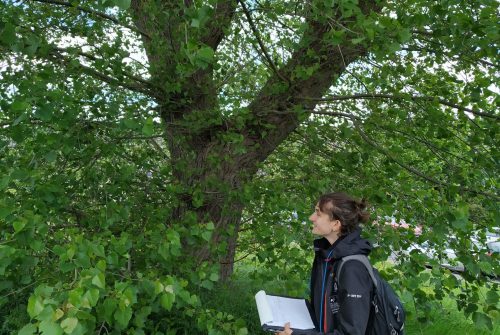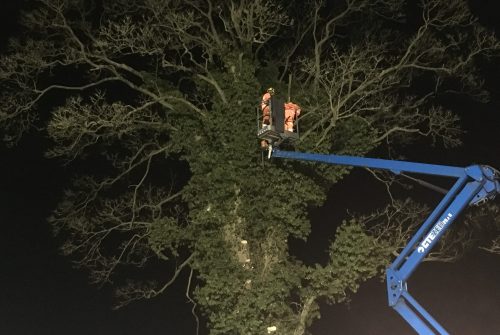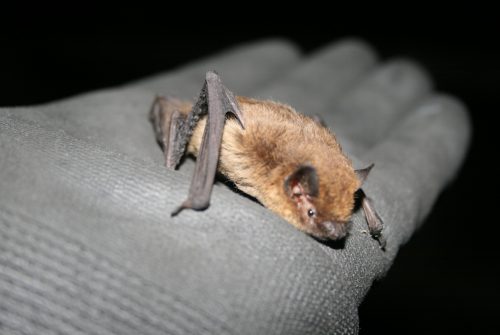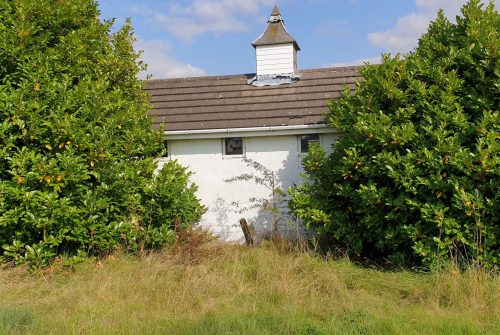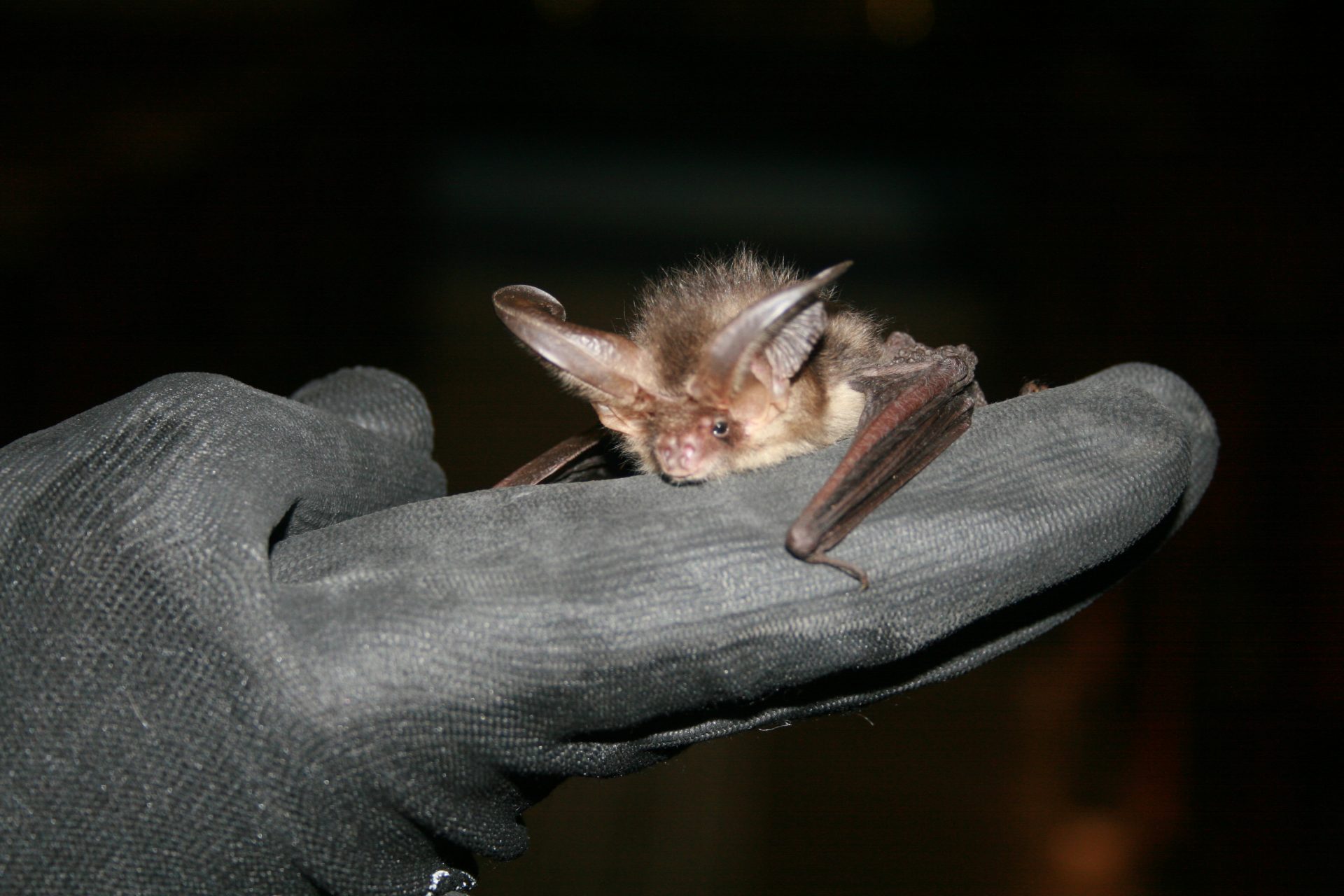
Bat Surveys and Mitigation
Bats inhabit a wide range of structures including buildings, trees, caves and bridges, amongst others. If there is a potential that bats are present on the site of a proposed development, then by law, an appropriate level of survey is required. There are a variety of surveys that Wildscapes ecologists can undertake depending on the type of project and time of year.

